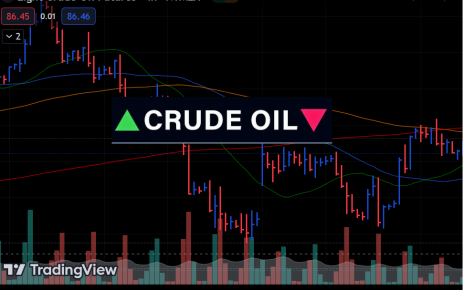- US oil stockpiles decreased by a larger-than-anticipated 4.6 million barrels last week.
- China’s first-quarter data pointed to a rocky economic rebound.
- Asian refiners continued to buy Russian crude, putting additional pressure on oil.
Oil prices fell by almost 2% on Wednesday, hitting a two-week low on worries that Fed rate hikes in the United States, the world’s largest oil consumer, might reduce oil consumption.
Europe’s persistently high inflation rate and China’s mixed economic indicators discouraged investors. China is the world’s largest consumer of crude oil.
That was the lowest close for oil since March 31. It wiped out the majority of price gains following the unexpected oil supply cut announced on April 2 by OPEC+ members, Russia, and other allies.
Experts at the energy consulting firm Ritterbusch and Associates continue to believe that the market has been overly focused on the supply side of the global oil equation in the wake of OPEC output cuts. They believe world oil demand is substantially lower than widely recognized.
The US Energy Information Administration told US oil stockpiles decreased by a larger-than-anticipated 4.6 million barrels last week. This was due to increased refinery operations and exports. Still, gasoline inventories unexpectedly increased due to weak demand.
That was far more than analysts’ 1.1-million-barrel fall in crude oil and the 2.7 million barrel draw forecasted by the American Petroleum Institute late Tuesday.
China’s stock markets ended lower due to mixed first-quarter data that pointed to a rocky economic rebound following the country’s relaxation of its stringent zero-COVID-19 policy.
On rate hikes, Raphael Bostic, president of the Atlanta Fed, said on Tuesday that the Fed would likely raise interest rates again. According to a Fed assessment, the US economy showed little change in recent weeks despite moderate employment growth and a possible slowdown in price increases.
Officials of the European Central Bank have called for additional rate increases while remaining concerned about inflation.
In April, Asian refiners continued to buy Russian crude, putting additional pressure on oil benchmarks. According to merchants and Reuters calculations, India and China purchased most of Russian oil in April at rates higher than the Western price cap of $60 per barrel.
Despite Moscow’s commitment to reduce output, oil loadings from its western ports will increase in April to the highest level since 2019, exceeding 2.4 million barrels daily. This will likely hurt oil prices.





